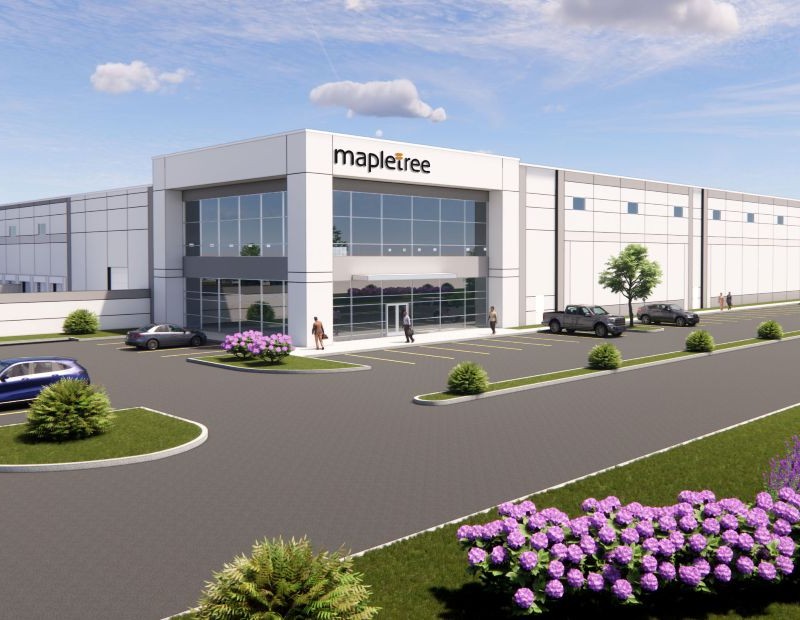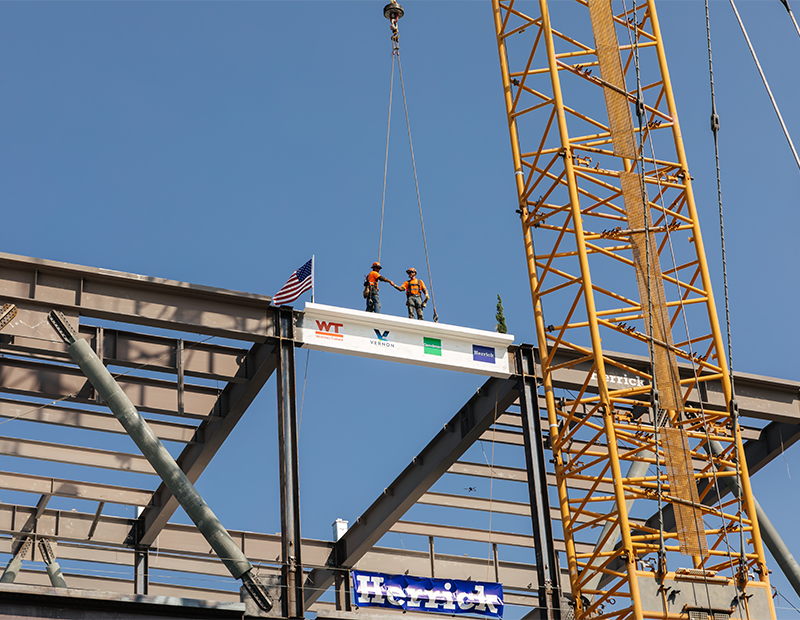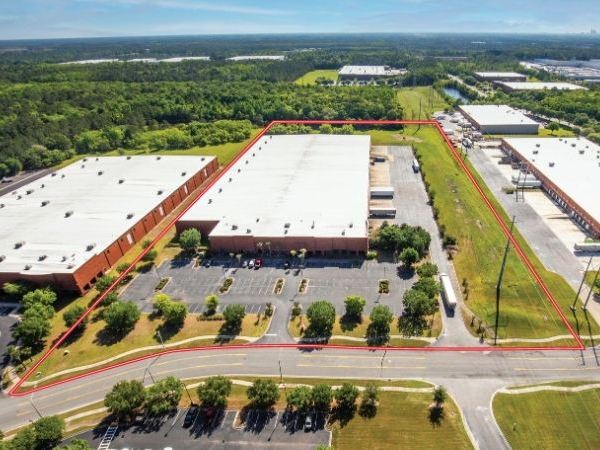Shedding Light on Solar Site Selection
Nathan Fabrick, executive vice president at NLR Commercial, on strategies for matching solar power projects to the right locations.
The solar industry stands at the intersection of technology and real estate. As the industry expands, matching the site to the developer is a key aspect of that growth. Commercial Property Executive discussed that site selection process with Nathan Fabrick, executive vice president at NLR Commercial, a division of National Land Realty. The firm has recently launched a database that matches landowners with solar developers.
Your career shows a five-year break from the NLR Commercial family. How was the change of scenery and what brought you back to NLR?
During the great recession, the real estate development market was non-existent, so NLR decided to make a wise pivot to focus on the rural/agricultural space. I had a unique opportunity from a real estate investment group whom I’d work with, who was purchasing an early-stage medical apparel company and needed help running it.
It was actually probably the hardest 5 years of my life but offered the best education. I got a crash course on product development, consumer marketing, go-to-market strategies and building a team of salespeople. It meant a lot of time on the road away from my wife and two young kids, but it offered depth in business education that is hard to get in real estate. I’ve found that most real estate brokerage/development companies are fairly flat organizations, operating in their local markets, but this opened my eyes to the potential of systems and technology to leverage a platform on a larger scale.
Jason Walter, my partner at NLR, and I had always had a keen interest in using GIS technology to accelerate real estate acquisitions and, like a lot of technologies in the late 2000s, it really advanced. Just think about the advancement of the iPhone or Facebook over that time period.
Probably the biggest factor in real estate was the amount of locational data that came available. Parcel service providers were offering nationwide datasets of parcel data, any retailer or company broken down by industry and types, could be found on maps. And then came the solar industry, which really hooked me back in.
In the summer of 2015, Jason explained the boom of interest for land in North Carolina from solar developers and how they had developed a pilot GIS application using utility power line data, environmental maps and parcel data. Utility-scale solar was a brand-new sector with huge growth potential and this was a perfect application to service developers trying to secure sites. Needless to say, I wanted in.
 Site selection is perhaps too little talked about. What makes a piece of land ideal for a solar project?
Site selection is perhaps too little talked about. What makes a piece of land ideal for a solar project?
The site criteria are actually pretty simple: We’re looking for land near power lines, clear of wetlands/floodplains, or excessive slope. The size of the power lines and the proximity to the substations relative to the size of the parcel are critical factors.
The more complicated piece is determining the markets—usually by the state—and utilities power price and buying appetite, which is heavily driven by energy policy and regulations. It’s not a question of if solar will be in the market, it’s when and how it will be implemented.
Tell us more about NLR’s recently launched database for solar developers, its mapping software and the site identification process.
We saw a problem for solar developers in efficiently finding, making contact and negotiating site control agreements. Developers are typically very good at project development after site control, but most of these groups were trying to operate nationwide with small teams and struggled to manage local brokers or resource real estate activities internally. We thought we could provide a nice solution, leveraging our catalog of qualified sites and our GIS technology, to prepare a consistent and polished platform for the developers to quickly review sites.
Our goal is simple, to take the mess out of the real estate front, so developers can focus on what they do best: Developing projects. This method transcends to other sectors as well and I think solar is a great example of it working.
What should landowners know about the implications of leasing their property for solar installations?
For starters, if I owned a piece of property suitable for solar, I would do it. There are plenty of experienced and well-capitalized developers who can get a project done, but the biggest risk is selecting the right developer. It really is like picking a partner, because a landowner needs to provide the time and the developer needs to spend money and perform key activities.
If you pick a bad partner, they may not be able to make the investment and just tie your property up for years with no activity. While eventually, the option would expire and the landowner would still have full access and rights to their property, the solar market is moving quickly and, in three years, the utility infrastructure will be saturated with solar projects and the opportunity will probably be lost.
Also, given the lengthy time frame needed for development, we advise landowners not to enter into an option if they need to sell the property quickly. This is not a quick flip opportunity.
 Which variables determine the value of the land and the rates of the solar lease?
Which variables determine the value of the land and the rates of the solar lease?
These are primarily driven by utility power pricing—including any subsidies or tax breaks—similar to how a developer would evaluate a property based on the rent paid by the tenant. Because solar projects are so capitally intensive in the panels themselves, the land basis is usually quite low relative to the overall project size. This does create some pretty big swings in the rents paid on a per-acre per year basis. Landowners should keep in mind also that the margins are razor-thin on these projects and an overly aggressive rent amount may make it uncompetitive.
What is more common—leases or sales of sites for solar developments?
Historically, it has been weighted very heavily towards leasing. I think the biggest reason is that more landowners are willing to lease rather than sell their property and developers have chosen the easiest path with the widest market.
Lately, however, especially for larger projects, I’ve seen more developers pushing for purchase options. There is a nice secondary market emerging for investment groups interested in purchasing the land and operating farms for investment. It’s a great opportunity for 1031 placement, allowing a long term stable cash flow effectively backed by a high credit utility. I think developers are keen to get in on this additional revenue opportunity.
Agriculture and solar photovoltaics are forming a hybrid known as agrivoltaics or dual-use farming. How widespread is it in the U.S. and how do you see it evolve?
Honestly, I think this is very much still a fringe opportunity. It looks great on a cover page, but I think this stems in part from the agriculture community’s fear that solar use will take farmland out of production. I think there is a big misconception here. The limitations of the utility infrastructure and power demands will restrict solar development from ever taking over even a fraction of the U.S. farmland.
That being said, it certainly can be done, and developers are more than willing to innovate and be flexible when they must. For example, we have one project now which is raising the panels higher off the ground to allow for sheep grazing.
I think one of the most attractive things about solar is the flexibility with the alternative uses, compared to other renewables like wind and hydro. I see this primarily as an effort to appease public perception and secure permitting, which will play out in urban or developed markets like Massachusetts or New York.
 Six months into the pandemic, how has your activity been impacted and, implicitly, the solar development industry?
Six months into the pandemic, how has your activity been impacted and, implicitly, the solar development industry?
From our standpoint, the solar market has been relatively untouched so far by the pandemic, if not benefited. Most development capital allocations are made over a five- to seven-year period and barring some short-term delays with permitting, the utility power demands are still largely the same. Furthermore, local governments are hurting financially, and solar projects can provide much-needed tax revenue.
READ ALSO: Renewable Energy and the COVID-19 Factor
For our business specifically, we’ve seen a lot of landowners more eager to enter into a lease agreement with the hopes of generating additional rent. On the most practical level, everyone has been home and can focus on exploring the opportunity with our project managers. I don’t think we’ve ever had a season where we had such a captive market.
I think we’ve all seen this pandemic create a lot of winners and losers in real estate, seemingly indiscriminately. Time will tell how this lands on the solar industry, but so far, it’s been a net-positive for us.
How do you envision 2020 will end?
The solar industry has always been a bit of a roller coaster—or solar coaster—from the volatile energy market to the Chinese tariffs to the ever-looming step down of the federal tax credit. From my perspective, there are a lot of positive indicators and I think it will end on a high note, with 2021 to be even stronger.








You must be logged in to post a comment.